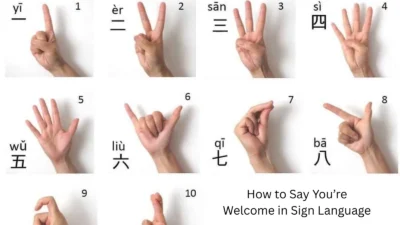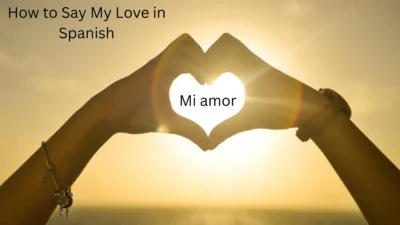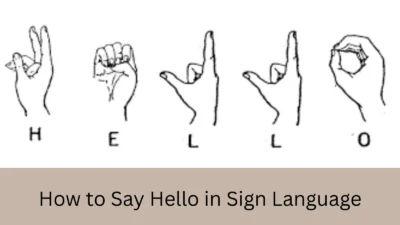How to Say Yes in Korean is one of the first things you should learn when starting the language. if you’re agreeing politely in a conversation or responding casually with friends, knowing how to say yes correctly can help you sound more natural and respectful.
Learning how to say yes in Korean will help you communicate confidently in both formal and informal settings. It’s an essential part of Korean conversation, from everyday chats to professional meetings. By understanding how to say yes in Korean, you’ll be one step closer to sounding like a native speaker.
Say yes in Korean With Examples
Here are 15 ways to say yes in Korean, with examples and cultural context so you know when (and when not) to use them.
15 Ways to Say Yes in Korean
| No. | Korean Phrase | Meaning (Short) | Use / Situation (Short) |
|---|---|---|---|
| 1 | 네 (ne) | Yes | Polite / most common |
| 2 | 예 (ye) | Yes | Very polite / respectful tone |
| 3 | 응 (eung) | Yeah | Casual with friends |
| 4 | 어 (eo) | Yup / Yeah | Very casual speech |
| 5 | 네네 (ne-ne) | Yes yes | On phone / customer service tone |
| 6 | 맞아요 (majayo) | That’s right | Agreeing with someone |
| 7 | 좋아요 (joayo) | Sure / Sounds good | Accepting a suggestion |
| 8 | 알겠어요 (algesseoyo) | I understand | When you got the point |
| 9 | 그럼요 (geureomyo) | Of course | Confident agreement |
| 10 | 당연하죠 (dangyeonhajyo) | Absolutely | Strong yes |
| 11 | 완전 좋아 (wanjeon jowa) | Totally yes | Excited / happy agreement |
| 12 | 오케이 (o-ke-i) | Okay | English-style casual yes |
| 13 | 그래 (geurae) | Okay / Sure | Informal with friends |
| 14 | 그렇게 하죠 (geureoke hajyo) | Let’s do that | Confirming a plan politely |
| 15 | 가능해요 (ganeunghaeyo) | Yes, it’s possible | When agreeing something can be done |
1. 네 (ne) – Yes (formal/polite)
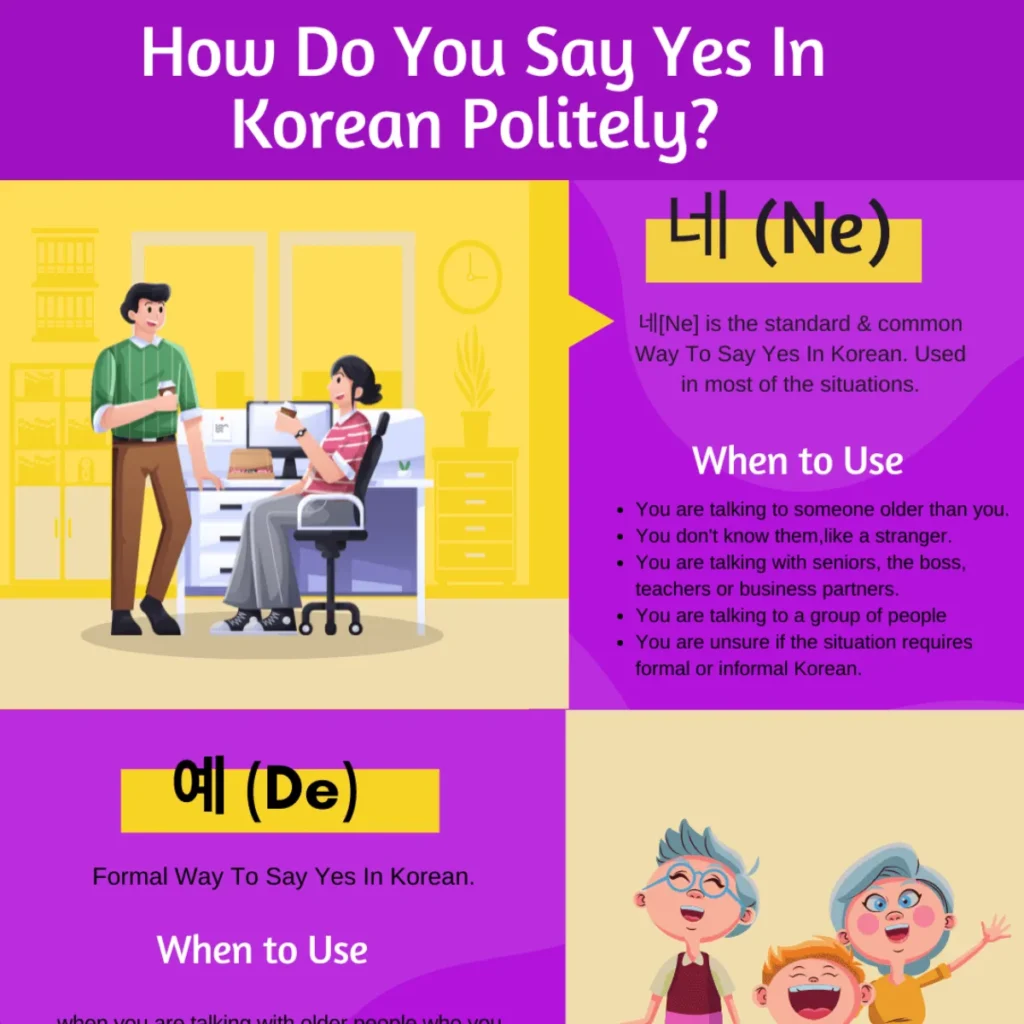
Origin:
This is the standard polite way to say “yes” in Korean and is used in most formal situations.
Example:
👤 User A: 지금 시간 있어요? (Do you have time now?)
👤 User B: 네, 있어요. (Yes, I do.)
Use: Everyday polite conversation; great for speaking to elders, teachers, or strangers.
2. 예 (ye) – Yes (very formal)
Origin:
A slightly more respectful version of 네. It’s often heard in formal settings like news, interviews, or answering authority figures.
Example:
👤 User A: 보고서를 제출했습니까? (Did you submit the report?)
👤 User B: 예, 제출했습니다. (Yes, I submitted it.)
Use: Ultra-formal; used in business, military, or official contexts.
3. 응 (eung) – Yeah / Yup (casual)
Origin:
A soft, informal version of “yes,” commonly used among friends or when texting.
Example:
👤 User A: 영화 볼래? (Wanna watch a movie?)
👤 User B: 응, 좋아! (Yeah, sounds good!)
Use: Between close friends, peers, or with younger people.
4. 어 (eo) – Yeah (very casual)
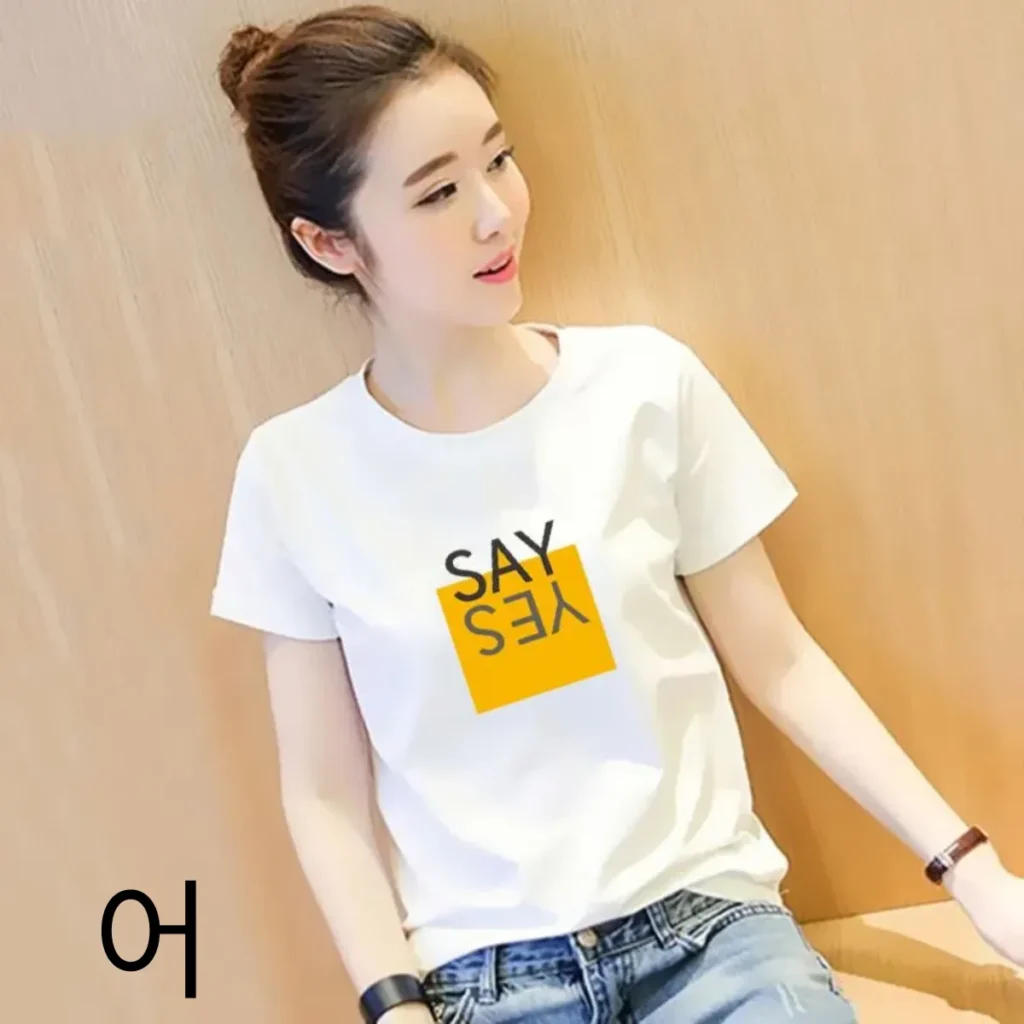
Origin:
An even shorter, more relaxed version of 응. It can sound a bit indifferent if used too often.
Example:
👤 User A: 밥 먹었어? (Did you eat?)
👤 User B: 어, 먹었어. (Yeah, I did.)
Use: Informal; used in spoken Korean with close people.
5. 그래 (geurae) – Sure / Okay / Yes
Origin:
Derived from the verb “그렇다” (to be so), 그래 is used when you’re agreeing with someone’s statement or suggestion.
Example:
👤 User A: 같이 갈래? (Wanna go together?)
👤 User B: 그래! (Sure!)
Use: Casual to semi-formal, often enthusiastic.
6. 알겠어요 (algesseoyo) – I understand / Okay
Origin:
From the verb “알다” (to know). It means “I got it” or “I understand,” and is used to confirm understanding rather than just saying yes.
Example:
👤 User A: 내일까지 숙제 제출해 주세요. (Please submit your homework by tomorrow.)
👤 User B: 알겠어요. (Okay, I understand.)
Use: Polite agreement or confirmation.
7. 알겠습니다 (algetseumnida) – Understood (formal)
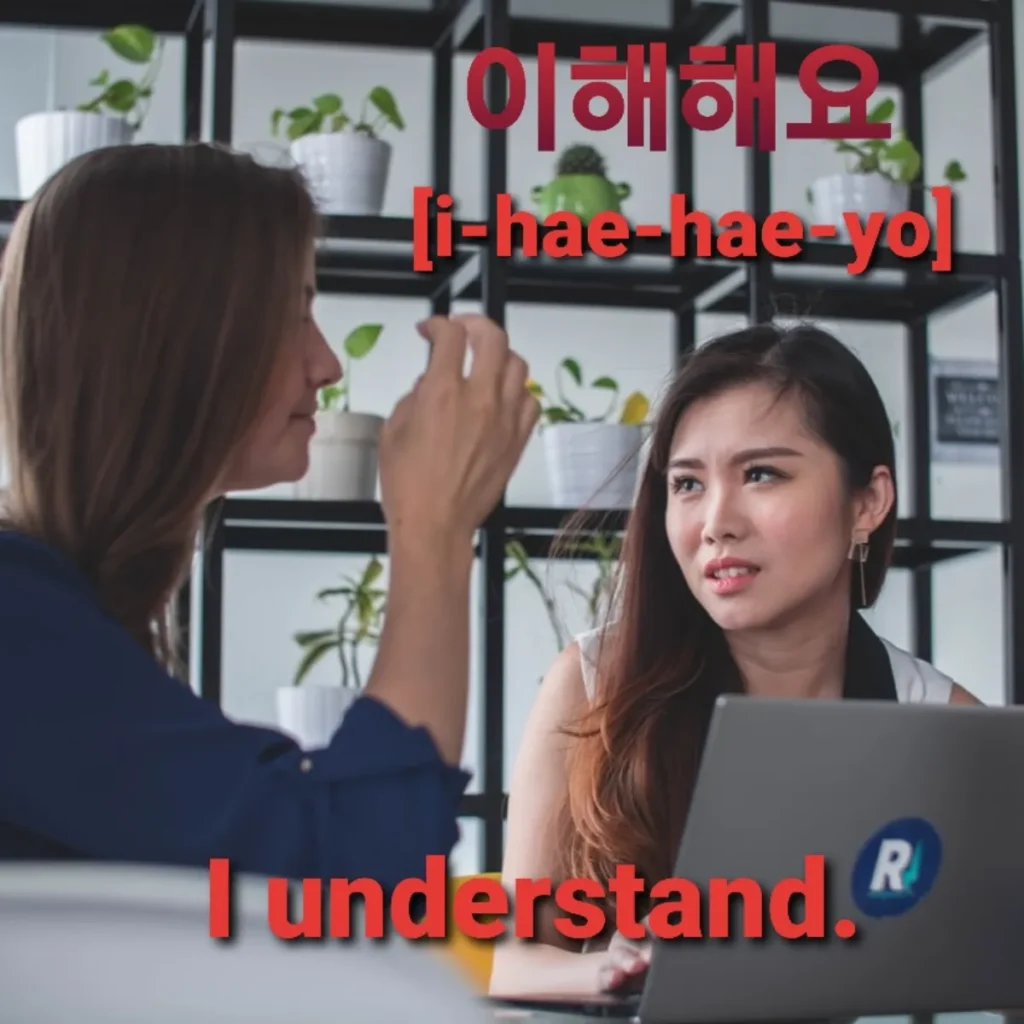
Origin:
A more formal version of 알겠어요, commonly used in business or military settings.
Example:
👤 User A: 9시까지 오세요. (Please arrive by 9.)
👤 User B: 알겠습니다. (Understood.)
Use: Very formal; respectful to superiors or in customer service.
8. 좋아요 (joayo) – I like it / Sounds good
Origin:
From “좋다” meaning “to be good.” It’s like saying “I’m good with that” or “Sure, why not?”
Example:
👤 User A: 저녁에 치킨 어때요? (How about chicken for dinner?)
👤 User B: 좋아요! (Sounds good!)
Use: Polite and positive; often enthusiastic agreement.
9. 좋지! (jochi!) – Of course / Totally!
Origin:
A casual, confident spin on “좋다.” It shows excitement and strong agreement.
Example:
👤 User A: 캠핑 갈까? (Shall we go camping?)
👤 User B: 좋지! (Totally!)
Use: Informal and enthusiastic.
10. 당연하지! (dangyeonhaji!) – Of course!

Origin:
Means “Naturally!” or “Of course!”—used when something is obvious.
Example:
👤 User A: 넌 나 믿지? (You trust me, right?)
👤 User B: 당연하지! (Of course!)
Use: Confident, emphatic agreement.
11. 그럼요 (geureomyo) – Of course / Certainly
Origin:
A respectful way to say “Of course” or “Sure.” Literally means “Then yes.”
Example:
👤 User A: 도와줄 수 있어요? (Can you help me?)
👤 User B: 그럼요! (Certainly!)
Use: Polite, professional, or reassuring.
12. 응응 (eung-eung) – Yep yep!
Origin:
A double form of “응,” often used cutely or for emphasis in texts or speech.
Example:
👤 User A: 내일 만나자! (Let’s meet tomorrow!)
👤 User B: 응응~ 기대돼! (Yep yep~ I’m excited!)
Use: Cute, playful, often in K-dramas or texting.
13. 맞아요 (majayo) – That’s right
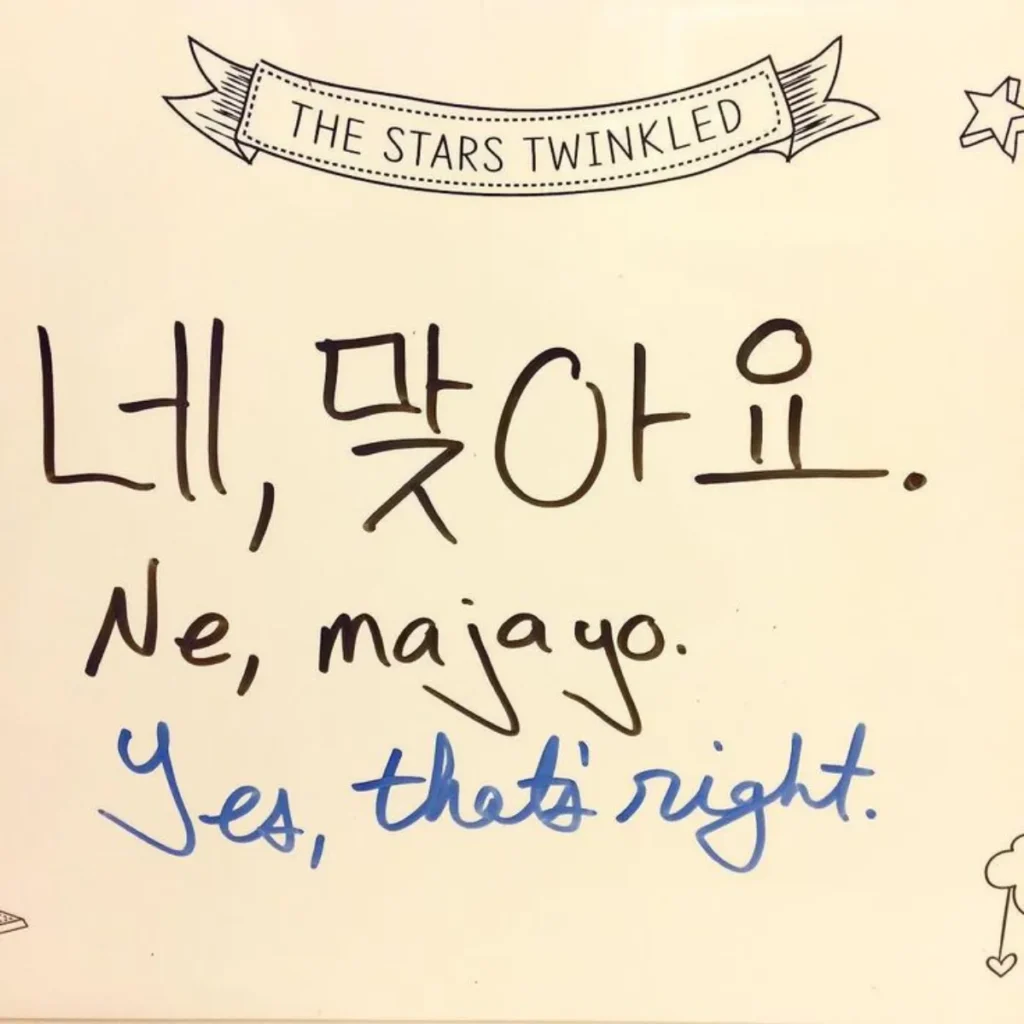
Origin:
From the verb “맞다” (to be correct). Used to agree with a fact or confirm correctness.
Example:
👤 User A: 이게 당신 거예요? (Is this yours?)
👤 User B: 네, 맞아요. (Yes, that’s right.)
Use: Polite agreement or factual confirmation.
14. 그렇습니다 (geureotseumnida) – That is correct (formal)
Origin:
Very formal, often used in public speaking, interviews, or official confirmations.
Example:
👤 User A: 이것이 정답입니까? (Is this the correct answer?)
👤 User B: 그렇습니다. (That is correct.)
Use: Professional, academic, or formal public settings.
15. 콜! (kol!) – I’m in! / Let’s do it!
Origin:
A Konglish expression borrowed from the English word “Call!” It’s often used when enthusiastically accepting a plan or suggestion.
Example:
👤 User A: 오늘 밤에 노래방 갈래? (Wanna go karaoke tonight?)
👤 User B: 콜! (I’m in!)
Use: Trendy, slangy, and youthful.
FAQs
1. What is the most common way to say yes in Korean?
The most common word is 네 (ne), which means “yes.”
2. Is 네 formal or informal?
네 is polite/formal. You can use it with strangers, elders, and in respectful situations.
3. How do I say yes casually with friends?
Say 응 (eung) or 어 (eo) — these are informal and used with close friends.
4. How do I say yes in a very polite or business tone?
You can use 예 (ye) — it sounds very formal and respectful.
5. What’s the difference between 네 and 예?
Both mean “yes,” but 예 is more polite, while 네 is standard polite.
6. How do I say yes when agreeing to a suggestion?
Say 좋아요 (joayo) meaning “Sounds good” or “Okay.”
7. How do I say yes like “I understand”?
Say 알겠어요 (algesseoyo) meaning “I got it / I understand.”
8. How do I say yes in texting or chat?
People use ㅇㅇ (double circles) meaning “yes / yeah” casually.
9. How do I say yes strongly or excitedly?
Say 완전 좋아! (wanjeon jowa!) meaning “Totally yes!”
10. How do I reply yes when someone calls my name in Korean?
You can answer 네? with rising tone — like “Yes?” or “Yes, what is it?”
Conclusion:
Now that you’ve learned how to say yes in Korean, you can respond with confidence in any situation—formal or casual. From polite agreement to friendly affirmation, using the right form of yes shows respect and cultural awareness.Keep practicing how to say yes in Korean to sound more fluent and natural in your conversations. It’s a small word, but it goes a long way in building connections through language.

